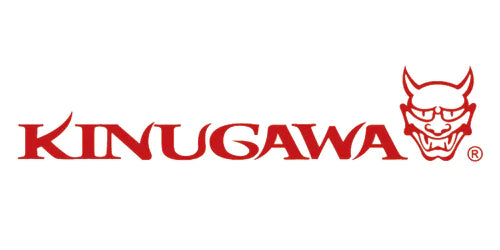First things first, don't panic! A little smoke after a turbo install can be normal, especially if it clears up quickly. But if it persists, it's time to investigate. Here's a breakdown of the most common causes and how to fix 'em:
1. Burning Off Residual Oil/Fluids
- What it looks like: Usually white smoke that disappears after a few minutes of running the engine.
- Why it happens: Manufacturing oils, assembly lube, or even fingerprints on the turbo can burn off during the initial heat cycles.
- The Fix: This usually resolves itself. Just keep an eye on it and make sure the smoke clears up.
2. Oil Leaks
- What it looks like: Blueish smoke, often accompanied by a burning oil smell.
-
Why it happens: Oil is leaking into the exhaust side of the turbo. This could be due to:
- Improperly installed oil feed or drain lines: Check for leaks, kinks, or blockages.
- Damaged oil seals: The turbo's internal seals might be damaged.
- Excessive oil pressure: Ensure your engine's oil pressure is within the correct range.
- The Fix: Inspect and correct any issues with the oil lines. If the seals are damaged or oil pressure is too high, the turbo might need to be inspected or replaced.
3. Coolant Leaks
- What it looks like: White smoke, possibly with a sweet smell.
-
Why it happens: Coolant is entering the exhaust side, possibly due to:
- A cracked turbo housing or coolant passage.
- A blown head gasket.
- The Fix: Inspect the turbo housing for cracks. If you suspect a head gasket issue, get it checked by a mechanic immediately.
4. Improperly Seated Components
- What it looks like: Varies depending on the leak source.
- Why it happens: Intake or exhaust components might not be properly sealed, leading to exhaust leaks or unmetered air entering the system.
- The Fix: Double-check all connections, clamps, and gaskets to ensure they are properly tightened and sealed.
Important Reminders:
- Break-in Period: New turbos often require a break-in period. Follow the manufacturer's recommendations for proper break-in procedures.
- Check for Leaks: After installation, carefully inspect all connections and hoses for any signs of leaks.
- Monitor Oil Level: Keep a close eye on your engine oil level after the installation.
Still Puffing Smoke?
If you've checked everything and the smoke persists, it's best to consult with a qualified mechanic or contact us directly for expert assistance. We're always here to help you get the most out of your Kinugawa Turbo Systems. 💨
| Possible Cause | Possible Remedy |
| Fuel injection pump or fuel injectors incorrectly set | Refer to engine manufacturer's manual and replace or adjust faulty components |
| Wastegate mechanism set incorrectly | Contact engine experts for correct setting details |
| Dirty air cleaner | Clean or replace element according to manufacturer's recommendations |
| Restricted compressor intake duct | Remove restriction or replace damaged parts as required |
| Air leak in feed from compressor to intake manifold | Replace seals, gaskets or tighten fastners as required |
| Air leak beween intake manifold and engine | Refer to engine manufacturer's manual and replace gaskets or tighten fastners |
| Exhaust manifold cracked, gaskets blown or missing | Refer to engine manufacturer's manual and replace gaskets or damaged parts |
| Gas leak at turbine inlet/exhaust manifold joint | Replace gasket or tighten fasteners as required |


2 comments
Hi I have smoke coming from the hot side of my turbo it is a tdo4hl-19t I’m stuck as to what is causing the smoke I have just had head gaskets replaced and it is still smoking from the hot end of the turbo could you please help.
Regards Marcus
i have checked all of these things and still not getting the required horse power and still white smokes